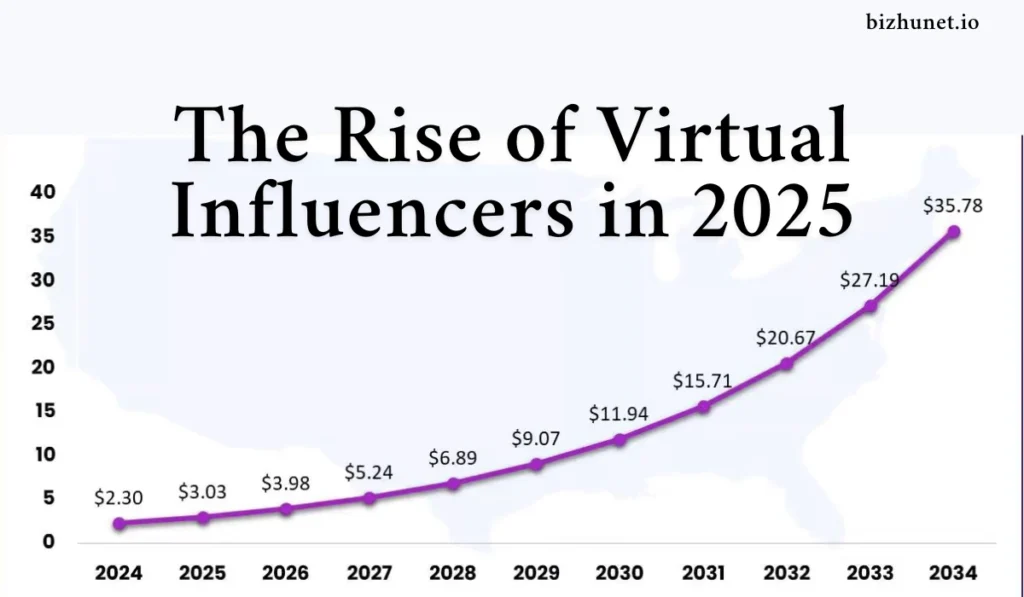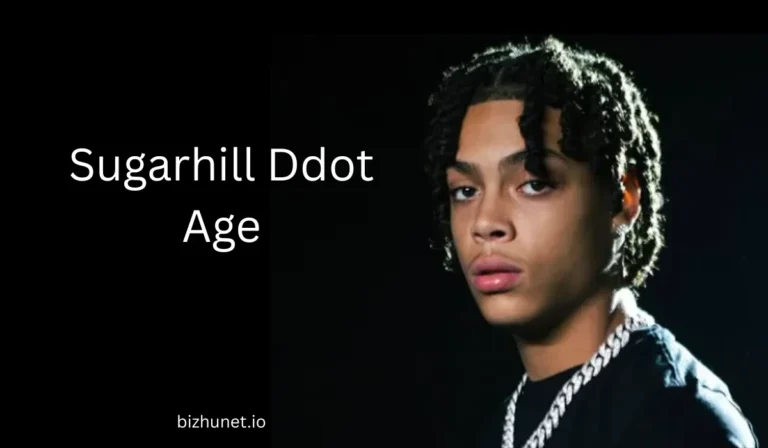Virtual Influencers: The Future of Digital Marketing in 2025
In today’s digital age, the world of influencer marketing is changing fast. One of the most exciting trends is the rise of Virtual Influencers. These digital characters are not real people, but they behave like real-life social media stars. Businesses in 2025 are using them to connect with audiences in new and powerful ways. From fashion to tech, virtual influencers are making a big impact on how brands build trust, drive engagement, and grow online.
What Are Virtual Influencers?
Virtual influencers are computer-generated avatars that look and act like humans. They have their own personalities, styles, and social media profiles. Companies design these digital influencers using animation and artificial intelligence. Some are so realistic that it’s hard to tell they’re not real.
These influencers share photos, post videos, and even “talk” to fans in comments. They promote products, attend virtual events, and model clothes just like real people. Brands love them because they are easy to control, always available, and safe from scandals.
The Rise of Virtual Influencers in 2025

In 2025, virtual influencers are more popular than ever. Many brands now choose them over human influencers. They can reach large audiences, maintain a clean image, and work 24/7 without breaks. Their followers range from kids to adults, and they often get more likes and comments than real influencers.
Famous companies like Samsung, Dior, and Prada have already used virtual. These digital stars have proven that they can attract attention and increase sales. More businesses are now seeing them as the future of marketing.
Read more: Cryptoweeksbloomberg
Benefits of Using Virtual Influencers
The main benefit of virtual influencers is their flexibility. A company can shape their personality to match their brand perfectly. They are always on time, never get tired, and never cause drama. This makes them a safer choice for brands who want full control over their image.
Another big benefit is cost. Although it takes money to create a virtual influencer, companies save on travel, wardrobe, and photo shoots. Over time, this can be much cheaper than hiring a human influencer.
These digital figures also offer better data tracking. Since everything is managed by software, brands can monitor every post and comment in real-time. This helps improve marketing strategies and reach more people with smarter content.
| Key Area | Benefit to Brands |
|---|---|
| Engagement | High interaction, especially in fashion |
| Branding | Fully customizable image and message |
| Reach | Global and scalable |
| Cost Efficiency | No travel or styling costs |
| Risk Management | No scandals or PR issues |
How Brands Use Virtual Influencers
In 2025, companies use virtual influencers in creative and effective ways. They appear in ads, videos, and product launches. Some virtual even have their own music and clothing lines. They engage with followers using live chats, stories, and polls. This builds trust and keeps fans coming back.
For example, Lil Miquela is a popular virtual influencer with over 2.9 million followers. She has worked with brands like Calvin Klein and Samsung. Her posts look like real-life photos, and fans follow her life story online. Another famous example is Lu do Magalu, who represents a large retail chain in Brazil. She promotes products, gives reviews, and shares lifestyle tips.
Virtual Influencer Popularity by the Numbers
Here’s a 2025 breakdown of some of the most successful virtual influencers:
| Name | Followers in 2025 | Known For |
|---|---|---|
| Lu do Magalu | 25M+ | Tech & retail promotions in Brazil |
| Lil Miquela | 2.9M | Fashion, music, and activism |
| Guggimon | 1.5M | Toy design and edgy fashion |
| Noonoouri | 404K | High-end fashion and social justice |
| Shudu Gram | 200K+ | Lifelike beauty & luxury modeling |
These numbers show the growing influence of these digital characters. As more people spend time online, their reach keeps expanding.
Challenges and Concerns
While virtual influencers offer many advantages, they are not perfect. One concern is authenticity. Since they are not real, some users may feel disconnected from them. People might wonder if they can truly trust a robot to recommend a product.
Another issue is the cost of creation. Building a high-quality digital influencer requires advanced software, creative teams, and AI support. This can be expensive for small businesses.
There are also ethical questions. Can a digital person truly understand the feel of fabric, taste of food, or comfort of a product? Many argue that real experiences still matter in influencer marketing.
Virtual Influencers vs. Human Influencers
Let’s compare virtual influencers to human influencers in 2025:
| Feature | Virtual Influencers | Human Influencers |
|---|---|---|
| Cost | Lower long-term cost | Expensive per campaign |
| Availability | 24/7, no delays | Needs scheduling |
| Risk of Controversy | Very low | High potential risk |
| Creative Control | Full control by brands | Shared control |
| Emotional Connection | Limited | Stronger in many cases |
As this table shows, virtual influencers are great for control and cost-saving. However, human influencers still offer deep emotional impact and real-world experiences
Future Outlook: Virtual Influencers in Business
The future of virtual influencers looks bright. Experts predict they will be part of nearly every major digital campaign by 2030. They are becoming more lifelike, more interactive, and more accepted by everyday consumers.
Businesses will likely create their own branded virtual characters. These characters will help companies tell stories, answer customer questions, and build stronger relationships online. As virtual reality and AI improve, these digital figures may even host live events or become virtual brand ambassadors.
Read more: Skylightvoice com
Frequently Asked Questions
Are virtual influencers real people?
No. Virtual influencers are not real. They are made using computer graphics and AI.
Do virtual cost a lot to create?
Yes, but once created, they are cheaper to manage than human influencers.
Can virtual influencers be trusted?
They don’t lie, but they can’t feel products either. They follow scripts made by humans.
Are virtual better than real ones?
They’re better in some ways like control and cost, but humans connect emotionally better.
Conclusion
Virtual influencers are transforming digital marketing in 2025. They help brands reach more people, tell unique stories, and stay on top of trends. Their reliability, creativity, and growing popularity make them a smart choice for modern business strategies.
While they come with challenges, like limited emotion and high start-up costs, their value is clear. As technology evolves, these digital personalities will play a bigger role in online branding.
If you want to build your business with modern tools, virtual could be the perfect next step. They are not just a trend—they are the future of digital branding.
Companies that invest in virtual influencers today will be ahead of the curve tomorrow.






